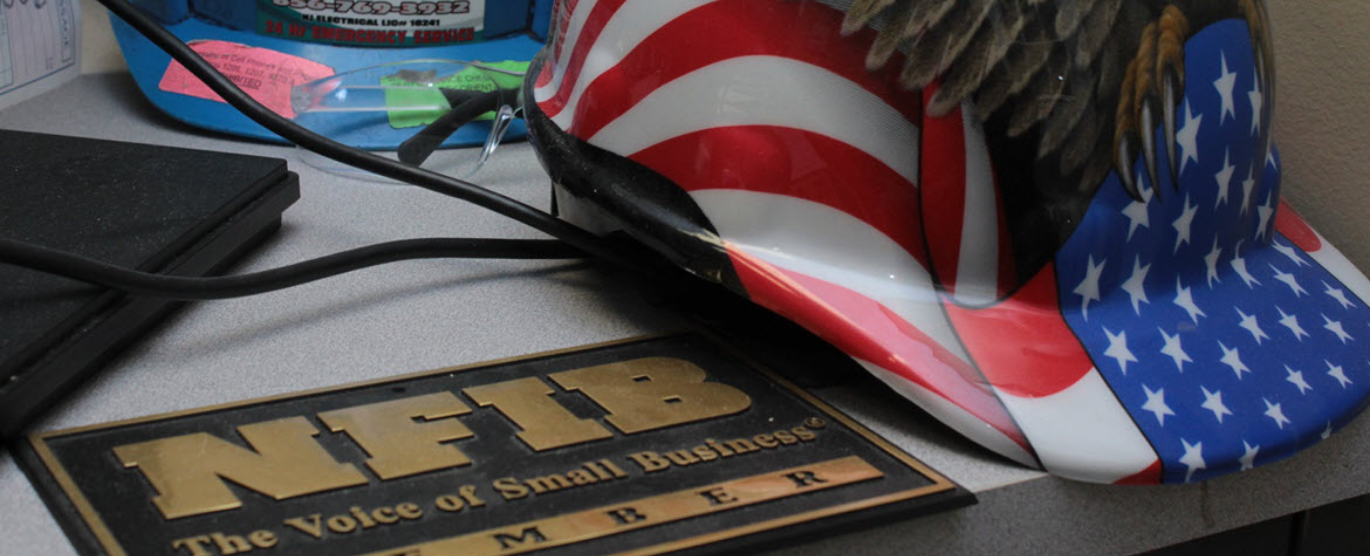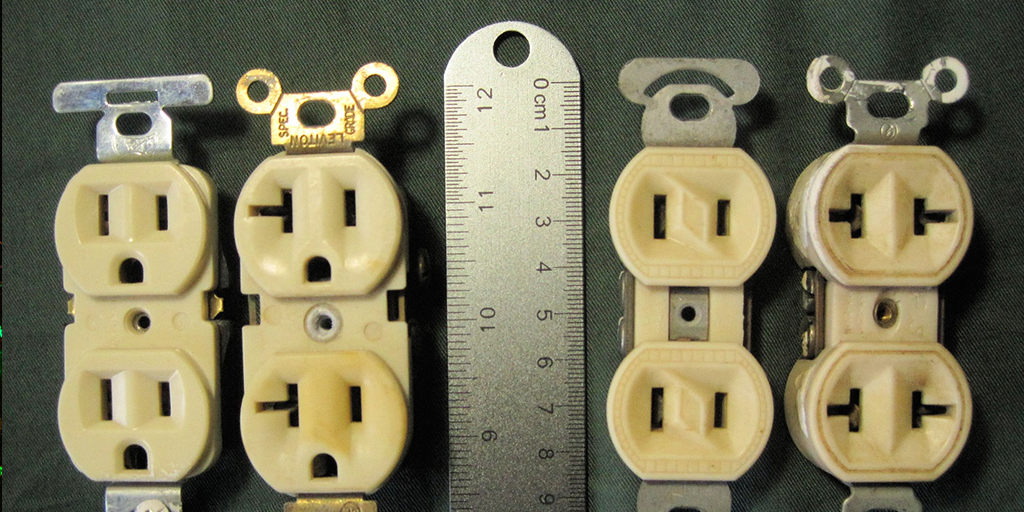Whether you’re buying or selling a home or you’re wondering if your current abode is up to code, there are electrical safety codes that must be met by homeowners. Electrical safety can make or break a sale and be hazardous to you and your family if gone unchecked. Below, we list electrical safety codes your home should align with.
Let’s take it room by room.
Kitchen
Your kitchen has a higher electrical demand than most any other room in your home. Here are three things that need to adhere to code requirements:
- Every motorized appliance should have its own circuit. These appliances include refrigerators, microwaves, dishwashers, and garbage disposals
- All countertop receptacles within six feet of the kitchen sink must be GFCI-protected
- Kitchens must have a minimum of two receptacle circuits install above the countertop
Bathroom
In order to pass an electrical safety inspection, a bathroom must meet the following criteria:
- In-shower light fixtures cannot be exposed and must be moisture resistant and covered with a lens
- All outlets in a bathroom must be GFCI-protected
- If you have a combination fan/light/heater installed in your bathroom, it must have its own 20-amp circuit
Laundry Room
Electrical safety standards in the laundry room come down to two main safety concerns:
- Washers and dryers must both be connected to their own 20-amp receptacle
- For electric dryers, they must have their own 240-volt circuit
Dining and Living Room
These rooms often have a much lower demand for electricity, but there are still electrical safety standards your rooms need to live up to.
- Three-prong outlets must be installed within 12 feet of one another
- A wall switch must control any ceiling fixtures
- A wall switch controlling either a ceiling light, sconce, or lamp must be installed by the entry to the room
Hallways and Staircases
So, you may not classify staircases or the hallways in your home as rooms, but they do have their own electrical safety codes that must be met.
- Hallways longer than ten feet must have a three-prong electrical outlet
- Lighting must be evenly spaced to help prevent the casting of shadows
- Three-way switches must be located at both the top and bottom of each set of stairs and at both ends of each hallway
Attached Garage
Since attached garages are not separate from your home, they must adhere to the following criteria:
- At least one switch that controls the lighting in the garage
- At least one GFCI outlet must be installed on its own circuit for use with power tools
- Three-way switches must be installed at all entries to the garage
How did your home do? If you’re unsure if your home meets any of the electrical safety codes mentioned above, contact us for an electrical safety inspection, and we’ll be able to pinpoint problem areas that may be a hazard or provide the fix before you buy or sell a home. Call 856.769.3932.




